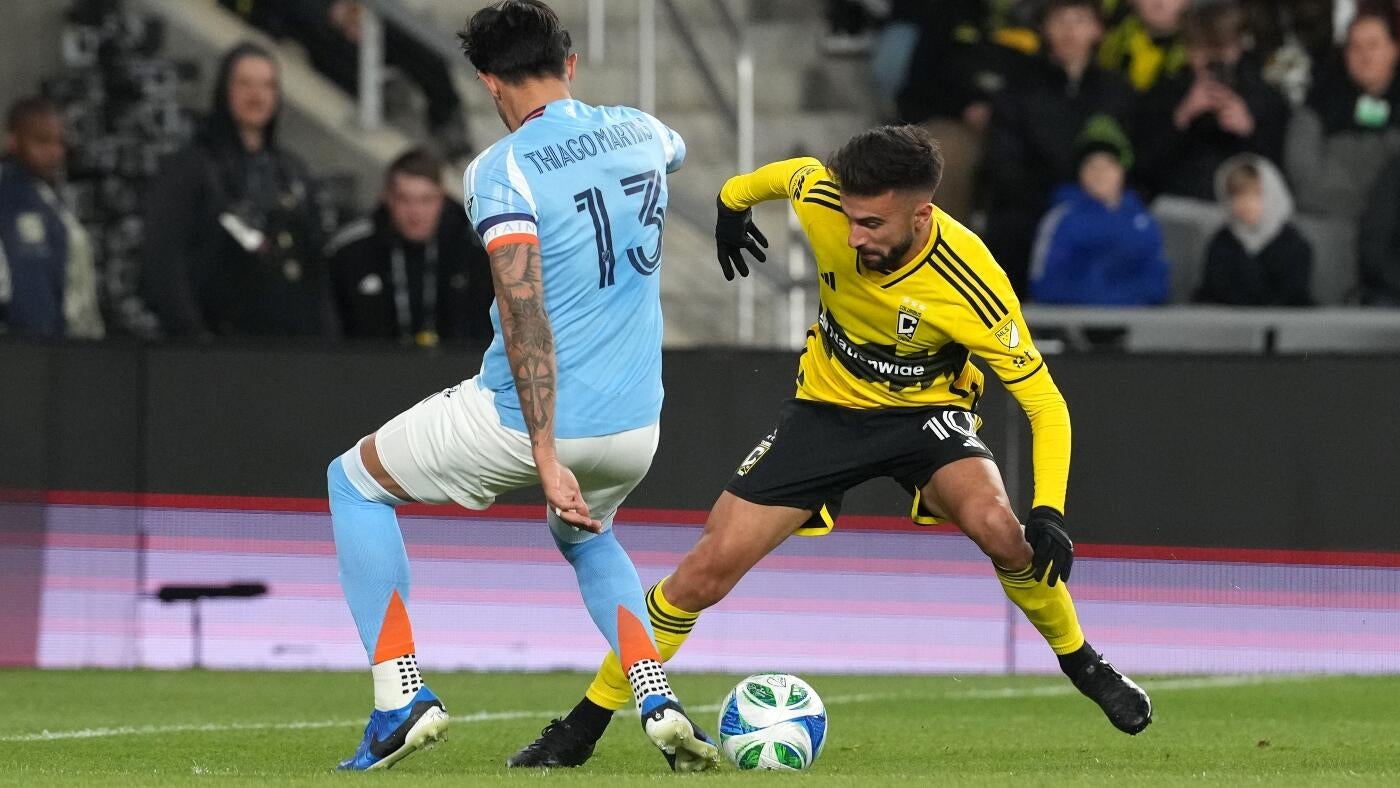When we win a game in a team sport, what does it mean for our individual development, especially when kids are still growing and maturing?
It’s a question youth sports parents ponder, and it’s one Major League Soccer has wrestled with during the five years its MLS NEXT youth program has existed.
"If we just have a bunch of dominant 13- and 14-year-olds that don't end up being dominant 18-year olds, I think that's a huge miss on the return on our investment,” said Luis Robles, MLS NEXT’s technical director and a former USMNT goalie. "So this is why we have to tinker with different ways to evaluate players.”
The organization will announce Wednesday a pilot program to evaluate its U13 and U14 age groups that looks beyond traditional results of games, focusing on complete performances of individuals. Its Quality of Play Rankings move away from wins, losses and draws to measure progress of teams based on their players' offensive and defensive actions, including their off-the-ball movements in games we sometimes don’t see.
This is the first time MLS NEXT will have a list of standings for teams in these age groups, but they will be ranked on this new metric rather than records, according to Robles, who spoke to USA TODAY Sports prior to making the new rankings public Wednesday.
"We know that this is different," Robles said in an exclusive interview. "This is new. It could come off in the launch as gimmicky, but when you start to pull back and understand why we're doing it, it's a massive investment. But this is worth it, because then Major League Soccer and the national teams, long term, stand to gain the most. Our hope is that we're developing better professionals.”
Robles spoke with USA TODAY Sports about what the move means for your player and the dramatic effect it could have on the youth soccer landscape.
Why is MLS NEXT making the change to Quality of Play rankings?
The program supplies about 90% of players to youth national teams, according to MLS NEXT GM Kyle Albrecht, and has never kept standings for these age groups. Robles said they want to lean more heavily on player progression without the added pressure of trying to win.
"The question we try to answer is, 'What role does competition play in player development?'" Robles says. "It should play less of a role. It should be more about the training sessions, the technical ability, the formation of the player, helping them understand the game, solving the game with soccer."
But if MLS wants to develop future national team players, Robles said, it must acknowledge how well players do in game-time situations.
“Part of development is competing,” he said, "What we saw with U.S. Soccer, and all the cynicism and criticism towards the players and the coaching and the results, you can't help but admit that sometimes what it comes down to is just how well you do in a competition.”
How do MLS NEXT's Quality of Play rankings work?
Analysts with TAKA, a video tool that takes a panoramic view of the field, will spend about 4 ½ hours on each game looking for significant offensive and defensive actions.
Each player will be scored for attack, defense and overall quality of play. Team rankings will be compiled based on players’ overall scores, which MLS hopes will more completely represent their overall caliber of play than the result of the game.
If you’re a weak-side defender and the ...




